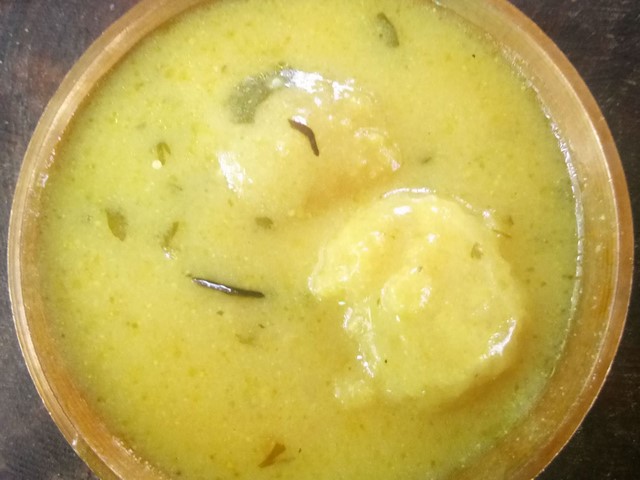JAISALMER TOUR
WHERE THE FORTS ARE STILL ALIVE

If geology interests you, then Jaisalmer is where you need to journey. The Wood Fossil Park or Aakal is located about 15 kilometres away from the city. Here, one can discover and trace geologic tragedies that occurred in the Thar Desert 180 million years ago. The city of Jaisalmer also acts as the guard to western Rajasthan (and India’s) frontier. This 'Golden City’ is located close to the Pakistan border and in close proximity to the Thar Desert. The city’s most prominent landmark is the Jaisalmer Fort, also called Sonar Qila (Golden Fort). Unlike most other forts in India, Jaisalmer Fort is not just a tourist attraction. It houses shops, hotels and ancient havelis (homes) where generations continue to live.
Jaisalmer traces its inception to the 12th century. History tells us of Rawal Jaisal, the eldest heir of the Rawal of Deoraj, was passed over for the throne of Lodurva and a younger half-brother was crowned king. Rawal Jaisal went looking for a new location to set up his capital when he came across sage Eesul. The sage told him about Krishna’s prophecy which said that a descendant of his Yaduvanshi clan would found a new kingdom at this same spot. It was in 1156 that Rawal Jaisal constructed a mud fort, named it Jaisalmer after himself and declared it his capital.
MAJOR ATTRACTIONS

JAISALMER FORT
The Jaisalmer Fort also goes by the name Sonar Quila (Golden Fort) as it rises from the desert itself and seems to become one with the golden hues of the sand. The setting sun adds its own magic and shrouds the fort with mystique.

JAISALMER MUSEUM
Established by the Department of Archaeology and Museums, it is a prime attraction for tourists visiting Jaisalmer. The most striking display is the trophy of Rajasthan‘s state bird Godawan (the great Indian bustard).

NATHMA KI HAVELI
Two architect brothers built Nathmal Ji Ki Haveli in the 19th century. They worked on the haveli from two sides and the outcome is a beautiful blend of the symmetrical construction. Miniature style paintings and mighty tuskers.

GADISAR LAKE
Gadisar Lake was constructed in the 14th century by Maharawal Gadsi Singh to meet the water needs of his arid lands. Considering its importance, many small temples and shrines were constructed around.

SALIM SINGH KI HAVELI
This haveli was built in the first half of the 18th century and a part of it is still occupied by descendants of the original residents.The high arched roof is supported by carved brackets designed in the shape of peacocks.

PATWON KI HAVELI
Among the largest and the most elaborately carved havelis in Jaisalmer, this five-storey structure sits proudly in a narrow street. While the haveli has lost some of its early glory. a few paintings and mirror.

MANDIR PALACE
The five-storeyed majesty of the Badal Mahal (Cloud Palace) is further enhanced by its pagoda-like Tazia Tower. Each floor of the palace has an intricately carved balcony. The Badal Palace owes its beauty.

JAIN TEMPLES
The Jain Temples located inside the Jaisalmer Fort date back to the 12th and 15th centuries. The temples are dedicated to Rikhabdevji and Shambhavdevji, famous Jain hermits known as 'Tirthankars.
THINGS TO DO

FOOD
Jaisalmer is a centre for typically fiery Rajasthani cuisine. The use of red chilli and ginger is liberal and each preparation has its own uniquely piquant flavour. Hot favourites are the famed gatta curry, macchi/maas sulas, lal/safed maas and the ever present ker-sangri. The dal-bati-choorma is available.

SHOPPING
Jaisalmer is famous for its tie and dye fabric, embroidery, mirror-work, old stonework, blankets, leather goods etc. Some of the famous shopping areas are — Khadi Gramudyog Bhavan at Dibba Para; Rajasthani Handicraft Emporium at Amar Sagar Gate & Gandhi Chowk; Light of the East at Jain Temple Lane.

ENTERTAINMENT
This is the most interesting means to explore the desert escape & are conducted on various circuits by tourism department & known experienced private operators. Camel Safaris have become an integral part of a tourist's itinerary at Jaisalmer and indeed, there is rarely a tourist to Jaisalmer not attempt an outing on camel.
HOW TO GET HERE?

Air

Rail

